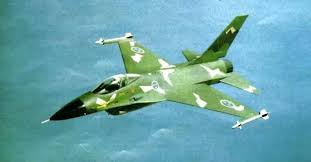WatcherZero
ACCESS: Top Secret
- Joined
- 22 May 2023
- Messages
- 834
- Reaction score
- 1,947
Thats mainly as a lot of the A's aren't being used (partly due to waiting for upgrades and partly due to engine shortage), the fleet is averaging just 10 hours a month in 2023 (about the same as the F-22 and almost a third of the F-15E average monthly flight hours) dropping from 160 hours a year in 2022. The B's on the other hand are averaging 180 hours a year in 2023, up from 160 in 2022, 50% more flighthours than the A's while the C's are averaging 260 hours a year at the same availability rate as F-18E/F and EA-18G .
Last edited:









